Home>Furniture>Kitchen Furniture>What Is An Agitator Washer
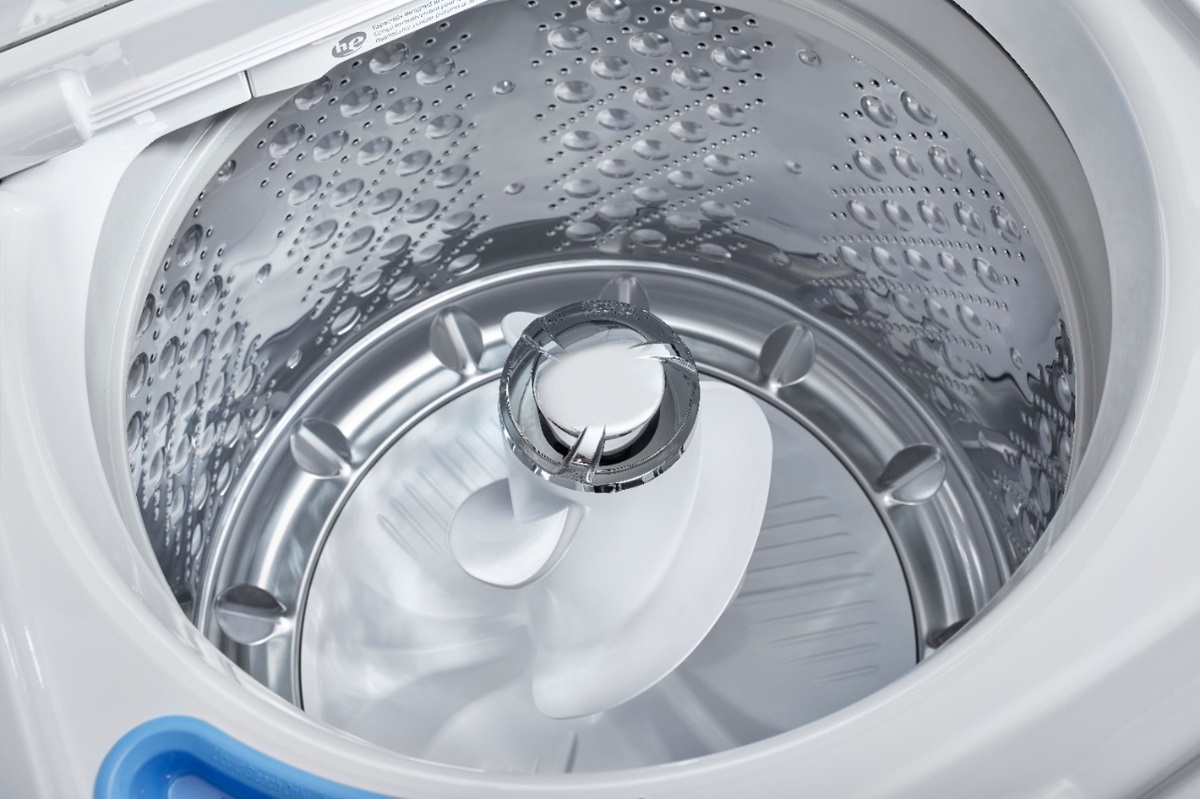

Kitchen Furniture
What Is An Agitator Washer
Modified: February 27, 2024
Learn everything you need to know about agitator washer in this informative article. Discover the benefits and drawbacks of using this type of washing machine.
(Many of the links in this article redirect to a specific reviewed product. Your purchase of these products through affiliate links helps to generate commission for Storables.com, at no extra cost. Learn more)
Introduction
Welcome to the world of washing machines, where there are various types available to cater to different needs and preferences. One popular type is the agitator washer, which has been a staple in many households for decades. If you’re unfamiliar with this type of washer, you’ve come to the right place. In this article, we’ll explore what an agitator washer is, how it works, its pros and cons, and tips for using and maintaining it effectively.
An agitator washer, also known as a traditional or top-loading washer, is a type of washing machine that features a central agitator in the drum. This agitator consists of a pole or spindle with fins or blades that move back and forth during the wash cycle. Its primary purpose is to agitate the clothes, helping to remove dirt and stains more effectively.
The agitator washer has several components that work together to provide a thorough and efficient cleaning process. These components include the agitator, drum, motor, pump, and control panel. The agitator is the most distinctive feature of this type of washer, as it sets it apart from other designs. The drum, or tub, holds the clothes and water during the wash and spin cycles. The motor powers the agitator and drum’s movement, while the pump drains the water after the wash cycle is complete. The control panel allows users to select the desired wash settings and monitor the progress of the cycle.
Now that we know the basic components, let’s dive into how an agitator washer works. When you load your clothes into the drum, add detergent, and select the desired wash cycle, the machine fills the drum with water. Once filled, the agitator starts rotating, causing the clothes to move in a back-and-forth motion. As the agitator moves, the fins or blades create turbulence in the water, agitating the clothes and loosening dirt and stains. The detergent helps to break down and remove the dirt, while the water flushes it away.
Agitator washers have several advantages and disadvantages compared to other types of washers. Some of the key benefits of agitator washers include their affordability, ease of use, and ability to handle heavily soiled clothes effectively. Additionally, the agitator motion can be more aggressive, making them suitable for washing larger items such as bedding and bulky garments.
However, agitator washers also have some drawbacks. The agitator’s movement can sometimes be rough on delicate fabrics, leading to potential wear and tear over time. They may also consume more water and energy compared to other washer types. Furthermore, the top-loading design may make it more challenging to reach clothes at the bottom of the drum and can be inconvenient for those with mobility issues.
Before purchasing an agitator washer, it’s essential to consider your specific needs and preferences. If you frequently deal with heavily soiled clothes or have a limited budget, an agitator washer might be the right choice for you. However, if you have delicate garments, prioritize energy and water efficiency, or prefer a front-loading design, you may want to explore other options.
Now that we’ve discussed the basics of agitator washers, it’s time to delve into some useful tips for using them effectively.
Key Takeaways:
- Agitator washers are effective for heavily soiled clothes, but may be rough on delicate fabrics and consume more water and energy. Consider your laundry needs and preferences before choosing this type of washer.
- To use an agitator washer effectively, sort laundry, pre-treat stains, and follow detergent guidelines. Regular maintenance, proper loading, and selecting the right wash cycle and water temperature are essential for optimal performance and longevity.
Read more: How To Remove Washer Agitator
Definition of an Agitator Washer
An agitator washer, also known as a traditional or top-loading washer, is a type of washing machine that utilizes a central agitator to clean clothes. This agitator is a pole or spindle located in the center of the drum and is equipped with fins or blades that move back and forth during the wash cycle.
Unlike other types of washers, agitator washers get their name from the agitating action created by the central mechanism. The agitator’s primary function is to agitate the clothes and create turbulence in the water, which helps loosen dirt and stains for effective cleaning.
Agitator washers have been a popular choice among consumers for many years due to their simplicity and ability to handle heavily soiled clothing. They are often associated with reliability and are suitable for families or individuals who require a robust and efficient washing machine.
Compared to other washer designs, agitator washers typically have a top-loading configuration, meaning you load the clothes from the top into the drum. This design makes them more accessible for individuals who may have difficulty bending down to load from the front.
Agitator washers are available in various sizes and capacities, allowing you to select the one that best suits your laundry needs. Some models come with additional features such as multiple wash cycles, temperature settings, and load sensing technology to optimize performance and energy efficiency.
One important aspect of agitator washers to consider is their water consumption. These washers generally require more water compared to other types due to the agitator’s action and the need for a large volume of water to effectively clean the clothes. However, advancements in technology have led to the development of more water-efficient models that help reduce water consumption without compromising cleaning power.
In summary, an agitator washer is a top-loading washing machine that uses a central agitator to wash clothes. Its defining feature is the agitator’s back-and-forth movement, which agitates the clothes and helps remove dirt and stains. These washers are suitable for individuals or families who need a reliable and robust washing machine capable of handling heavily soiled clothing. While they consume more water compared to other washer types, advancements in technology have made them more water-efficient options.
Components of an Agitator Washer
An agitator washer consists of several key components that work together to provide a thorough and efficient cleaning process. Understanding these components can help you better comprehend the inner workings of the machine and make informed decisions about its usage and maintenance.
1. Agitator: The agitator is the most distinctive feature of an agitator washer. It is a central mechanism located in the drum that consists of a pole or spindle with fins or blades attached. During the wash cycle, the agitator moves back and forth, agitating the clothes and creating turbulence in the water to dislodge dirt and stains.
2. Drum: The drum, also known as the tub, is where you place your clothes for washing. It is a cylindrical chamber that holds the water and clothes during the wash and spin cycles. The drum of an agitator washer normally has a perforated design that allows water to enter and drain out.
3. Motor: The motor powers the movement of the agitator and drum. It generates the necessary energy to spin the agitator back and forth and rotate the drum during the different wash and spin cycles. The motor’s power and efficiency contribute to the overall performance of the washer.
4. Pump: The pump plays a crucial role in draining the water after the wash cycle is complete. It removes the dirty water from the drum and sends it out through a drain hose or pipe. Proper functioning of the pump ensures efficient water removal and prevents the buildup of stagnant water and unpleasant odors.
5. Control Panel: The control panel is the interface that allows users to select the desired wash settings and monitor the progress of the wash cycle. It typically consists of buttons or a touch screen display that provides various options such as wash cycles, water temperature, spin speed, and additional features like pre-soak or extra rinse. The control panel is where you interact with the machine and customize your wash experience.
6. Dispensers: Agitator washers may also include dispensers for detergent, fabric softener, and bleach. These compartments are typically located near the top of the agitator or on the top panel of the machine. They ensure that the cleaning agents are released at the appropriate time during the wash cycle, optimizing cleaning performance and convenience.
7. Lid and Latch: Agitator washers are equipped with a lid that covers the drum and prevents water from splashing out during operation. The lid often has a latch or locking mechanism to secure it in place during the wash cycle. Some models also incorporate safety features that prevent the washer from starting if the lid is not properly closed.
These components work harmoniously to deliver a thorough and effective cleaning process. Each component has its specific function, from agitating and cleaning the clothes to draining the water and providing control and customization options. Understanding the purpose and significance of these components can help you make the most of your agitator washer and ensure proper maintenance for longevity and efficiency.
How an Agitator Washer Works
An agitator washer is designed to thoroughly clean your clothes by agitating them in a back-and-forth motion while immersed in water and detergent. Understanding how this process works can give you insights into maximizing the efficiency and effectiveness of your washing machine.
When you load your clothes into the drum and select the desired wash cycle, the first step is water filling. The machine begins filling the drum with the appropriate amount of water based on the selected cycle and load size. The water level needs to be sufficient to fully immerse the clothes for optimal cleaning.
Once the water reaches the desired level, the agitator starts its motion. The agitator consists of a central pole or spindle with fins or blades attached to it. During the wash cycle, the agitator moves back and forth, creating a turbulent flow in the water. This agitation motion helps to dislodge dirt, stains, and other particles from the fabric fibers.
As the agitator moves, the clothes are repeatedly lifted and dropped in the water, allowing the detergent and water to penetrate and thoroughly clean the fabric. The fins or blades of the agitator contribute to the churning action, ensuring that every part of the clothes comes into contact with the cleaning solution.
In addition to the agitator’s movement, the rotation of the drum also aids in the cleaning process. As the drum rotates, the clothes are gently tumbled and subjected to the cleansing action of the water and detergent. This combination of agitating and tumbling helps to remove dirt and stains effectively.
During the wash cycle, the detergent works to break down the dirt and oil particles on the fabric. It suspends these particles in the water, preventing them from reattaching to the clothes. The water continuously circulates through the drum, ensuring that the detergent and dirt are thoroughly rinsed away.
After the wash cycle is complete, the machine proceeds to the rinse cycle. During this stage, clean water is added to the drum to remove any remaining detergent and residue from the clothes. The agitator continues to move, helping to agitate the clothes and facilitate the rinsing process. Multiple rinse cycles may be available for more thorough rinsing, depending on your machine’s settings.
Once the rinse cycles are completed, the machine moves on to the spin cycle. In this phase, the drum spins rapidly to extract water from the clothes. The high-speed spinning forces the water out through the perforated drum, leaving the clothes damp but not dripping wet. The more efficient the spin cycle, the less time clothes will take to dry after washing.
Finally, the machine completes the cycle, and you can unload your clean clothes from the drum. It’s important to note that agitator washers typically have a manual intervention step where you need to manually move the control dial to the drain/spin position or press a button to initiate the draining and spinning process.
Understanding how an agitator washer works can help you optimize your washing routine. It’s essential to follow the manufacturer’s guidelines regarding detergent usage, load capacity, and recommended settings for a specific type of fabric. Proper loading, appropriate water level selection, and regular maintenance can contribute to the longevity and efficiency of your agitator washer.
Pros and Cons of Agitator Washers
Agitator washers have been a popular choice among consumers for many years due to their ability to handle heavily soiled clothing effectively. However, like any appliance, they have their advantages and disadvantages. Understanding the pros and cons of agitator washers can help you make an informed decision when considering this type of washing machine for your laundry needs.
Pros:
- Effective Cleaning: Agitator washers are known for their ability to clean heavily soiled clothes efficiently. The back-and-forth motion of the agitator agitates the clothes, helping to loosen dirt and stains for a thorough clean.
- Affordability: Agitator washers are generally more affordable compared to other types of washers, making them a preferred choice for individuals on a budget.
- Easy to Use: The top-loading design of agitator washers makes them easy to load and unload, as you don’t have to bend down to access the drum.
- Large Load Capacity: Agitator washers typically have a larger drum capacity, allowing you to wash more clothes in a single load. This can save you time and energy.
- Suitable for Bulky Items: The agitator’s aggressive motion makes agitator washers well-suited for washing larger items such as bedding and bulky garments.
Cons:
- Potential Damage to Delicate Fabrics: The agitator’s robust motion may not be suitable for delicate fabrics, as it can cause wear and tear over time. It’s important to use appropriate wash cycles and settings for delicate items.
- Higher Water and Energy Consumption: Agitator washers tend to consume more water compared to other washer types due to the need for a larger volume of water for effective cleaning. They may also use more energy during operation.
- Inconvenience for Mobility Impaired Individuals: The top-loading design of agitator washers may pose challenges for individuals with mobility issues, as reaching clothes at the bottom of the drum can be more difficult.
- Less Gentle on Clothes: The agitator’s motion can be more aggressive compared to other washers, which may lead to more friction and potential fabric damage. It’s important to follow garment care instructions and use appropriate cycles and settings.
It’s important to consider these pros and cons when deciding whether an agitator washer is the right choice for your laundry needs. If you frequently deal with heavily soiled clothes and have a limited budget, an agitator washer can be a practical and efficient option. However, if you have delicate garments, prioritize water and energy efficiency, or require a washer with easier accessibility, you may want to explore other types of washers such as front-loading or high-efficiency top-loading models.
Ultimately, the decision should be based on your specific laundry requirements and preferences. Evaluating the pros and cons will help you make an educated choice that aligns with your needs and ensures clean and well-maintained clothes with every wash.
When using an agitator washer, be sure to properly distribute the laundry around the agitator to ensure even washing and to prevent tangling or uneven cleaning.
Read more: Which Washer Is Better Agitator Or Impeller
Comparison with Other Types of Washers
When it comes to choosing a washer, there are several types available on the market, each with its own features and capabilities. Let’s compare agitator washers with other popular types to help you make an informed decision based on your specific needs and preferences.
Agitator Washers:
- Pros: Agitator washers are known for their ability to effectively clean heavily soiled clothes. They are affordable, easy to use, and have a large load capacity. Agitator washers are suitable for washing bulky items such as bedding.
- Cons: They may cause potential damage to delicate fabrics, consume more water and energy, and can be less gentle on clothes. The top-loading design may be inconvenient for individuals with mobility issues.
High-Efficiency Top-Loading Washers:
- Pros: High-efficiency top-loading washers are designed to be more energy and water-efficient compared to agitator washers. They offer larger load capacities, have various wash cycles and settings, and can be gentler on clothes. Some models feature steam or sanitize options for enhanced cleaning.
- Cons: High-efficiency top-loading washers are generally more expensive than agitator washers. The control panels and cycle times may be more complex, requiring a learning curve for new users.
Front-Loading Washers:
- Pros: Front-loading washers are known for their energy efficiency and water-saving capabilities. They have larger capacities, use less water, and are gentler on clothes. They offer a wide range of cycles and settings, including special cycles for delicate items and allergen removal. Front-loading washers often have faster spin speeds, resulting in shorter drying times.
- Cons: Front-loading washers are generally more expensive than agitator washers and may require additional maintenance, such as regularly cleaning the door gasket and filter. They can be more challenging to load and unload due to the front-facing access.
It’s important to evaluate your laundry requirements and priorities when comparing different types of washers. If handling heavily soiled clothes is a primary concern and affordability is a factor, an agitator washer may be a suitable choice. However, if energy and water efficiency, gentleness on clothes, and a variety of advanced features are important to you, a high-efficiency top-loading or front-loading washer might be a better fit.
Consider factors such as budget, load capacity, available space, and the type of fabrics you commonly wash. It’s also beneficial to read reviews and compare specific models within each washer type to ensure they meet your specific needs.
By carefully weighing the pros and cons of different washer types and considering your preferences, you can choose a washer that not only cleans your clothes effectively but also aligns with your lifestyle and priorities.
Tips for Using an Agitator Washer Effectively
To get the most out of your agitator washer and ensure optimal cleaning results, here are some tips to consider:
- Sort your laundry: Before loading your clothes into the washer, sort them by color, fabric type, and level of dirtiness. This helps prevent color bleeding and allows you to select the appropriate wash cycle and water temperature.
- Properly load the drum: Avoid overloading the drum as it can hinder the agitator’s movement and prevent proper water circulation. Follow the manufacturer’s guidelines regarding load capacity to ensure optimal performance.
- Pre-treat stains: For stubborn stains, consider pre-treating them before placing the garment in the washer. Use a stain remover or gently rub a small amount of detergent directly onto the stain to help lift it.
- Use the right amount of detergent: Follow the detergent manufacturer’s instructions for the appropriate amount to use based on the load size and level of dirtiness. Using too little detergent may result in poor cleaning, while using too much can leave residue on the clothes and within the washer.
- Select the appropriate wash cycle: Agitator washers typically offer a variety of wash cycles to accommodate different fabrics and cleaning needs. Choose the cycle that best suits your laundry, such as delicate for delicate items or heavy-duty for heavily soiled clothes.
- Set the correct water temperature: Consider the garment care labels when selecting the water temperature. Most washers offer options for hot, warm, and cold water. Hot water is effective for removing stains and sanitizing, while cold water helps preserve colors and reduce energy consumption.
- Use fabric softener wisely: Agitator washers often have a designated fabric softener dispenser or a specific time during the rinse cycle to add fabric softener. Follow the instructions on the softener bottle for the appropriate amount and usage.
- Regularly clean the washer: Periodically clean the agitator and drum to remove any residue or buildup. Wipe down the interior and exterior of the washer, including the control panel. Additionally, clean or replace the lint filter regularly to prevent clogging.
- Avoid leaving wet clothes in the washer: Remove your laundry promptly after the wash cycle ends to prevent musty odors and minimize wrinkling. If you’re unable to unload right away, consider using the delay start feature to ensure the clothes are still fresh and wrinkle-free when you retrieve them.
- Regularly maintain your washer: Follow the manufacturer’s recommendations for regular maintenance, such as inspecting hoses, checking for leaks, and scheduling professional servicing if necessary. Proper maintenance helps extend the lifespan of your agitator washer.
By following these tips, you can effectively utilize your agitator washer and achieve clean and fresh-smelling laundry with every wash. It’s important to read the manufacturer’s instructions and guidelines specific to your washer model for additional recommendations on usage and maintenance to ensure optimal performance.
Maintenance and Care for Agitator Washers
To keep your agitator washer running smoothly and to ensure its longevity, regular maintenance and care are essential. Here are some important maintenance tips to help you maintain your agitator washer:
- Clean the agitator and drum: Over time, dirt, lint, and detergent residue can accumulate in the agitator fins and drum. Periodically clean them using a mild detergent and a soft cloth or sponge. Pay attention to any hard-to-reach areas and remove any buildup.
- Wipe down the interior and exterior: Regularly wipe down the inside of the drum and the exterior of the washer with a damp cloth. This helps prevent dirt and grime from accumulating and keeps your washer looking clean and fresh.
- Clean or replace the lint filter: Agitator washers typically have a lint filter that helps catch lint and debris. Clean the lint filter regularly to prevent clogs and maintain proper airflow. If the filter is damaged or worn out, replace it with a new one.
- Inspect and clean the drain hose: Check the drain hose for any obstructions or kinks that could impede water flow. If necessary, remove the hose and clean it thoroughly before reattaching it securely.
- Check and clean the detergent dispenser: Remove the detergent dispenser tray and clean it regularly to remove any residual detergent or fabric softener. Use warm water and a mild detergent to wash away any buildup. Make sure to dry the dispenser thoroughly before replacing it.
- Inspect and tighten hose connections: Periodically check the hoses connecting to the washer for leaks or loose connections. Tighten any loose connections, and replace any damaged hoses to prevent water leakage.
- Run regular maintenance cycles: Some agitator washers have a self-cleaning cycle. Follow the manufacturer’s instructions to run this cycle periodically. It helps remove any residue, eliminates odors, and keeps the interior of the washer clean.
- Avoid overloading the washer: Overloading the washer can strain the agitator and other internal components, leading to potential damage. Follow the manufacturer’s guidelines for load capacity to ensure optimal performance and prevent unnecessary wear and tear.
- Keep the washer level: Make sure your agitator washer is properly leveled by adjusting the leveling feet. A level washer ensures smooth operation and minimizes vibration during use.
- Follow detergent usage guidelines: Use the appropriate amount of detergent for each load, as excessive detergent can cause buildup and affect the washer’s performance. Follow the manufacturer’s guidelines for proper detergent usage based on the load size and water hardness.
By following these maintenance tips, you can prolong the life of your agitator washer and keep it running efficiently. Regular cleaning and inspection help prevent problems and ensure optimal performance with each use. Additionally, referring to the manufacturer’s instructions and guidelines specific to your washer model will provide you with further recommendations on maintenance and care.
Conclusion
Agitator washers have been a reliable choice for many households, known for their ability to handle heavily soiled clothes effectively. Throughout this article, we have explored what agitator washers are, their components, how they work, and their pros and cons compared to other types of washers. We have also provided tips for using agitator washers effectively and maintaining them for optimal performance.
Agitator washers, with their central agitator mechanism, agitate the clothes during the wash cycle to loosen dirt and stains. They are affordable, easy to use, and have a larger load capacity compared to other washers. However, it is important to consider their potential drawbacks, such as rough treatment on delicate fabrics and higher water and energy consumption.
When using an agitator washer, it is crucial to sort your laundry, properly load the drum, and pre-treat stains if necessary. Choosing the right amount of detergent and selecting the appropriate wash cycle and water temperature contribute to effective cleaning. Regularly cleaning the agitator and drum, maintaining the lint filter, and inspecting hose connections are important for optimal performance and longevity.
While agitator washers have their advantages and disadvantages, it’s essential to assess your specific laundry needs and preferences. Consider factors such as heavily soiled clothes, budget, energy efficiency, and fabric care requirements. This will help you determine if an agitator washer is the right choice for you or if another type of washer better suits your needs.
By following the tips provided in this article and ensuring regular maintenance, you can maximize the efficiency and lifespan of your agitator washer. Clean, fresh-smelling clothes will be the result of a well-maintained and effectively used agitator washer.
Remember to always refer to the manufacturer’s instructions and guidelines for specific recommendations and precautions concerning your agitator washer model. With proper usage and care, your agitator washer can be a reliable and valuable appliance in your laundry routine for years to come.
Frequently Asked Questions about What Is An Agitator Washer
Was this page helpful?
At Storables.com, we guarantee accurate and reliable information. Our content, validated by Expert Board Contributors, is crafted following stringent Editorial Policies. We're committed to providing you with well-researched, expert-backed insights for all your informational needs.
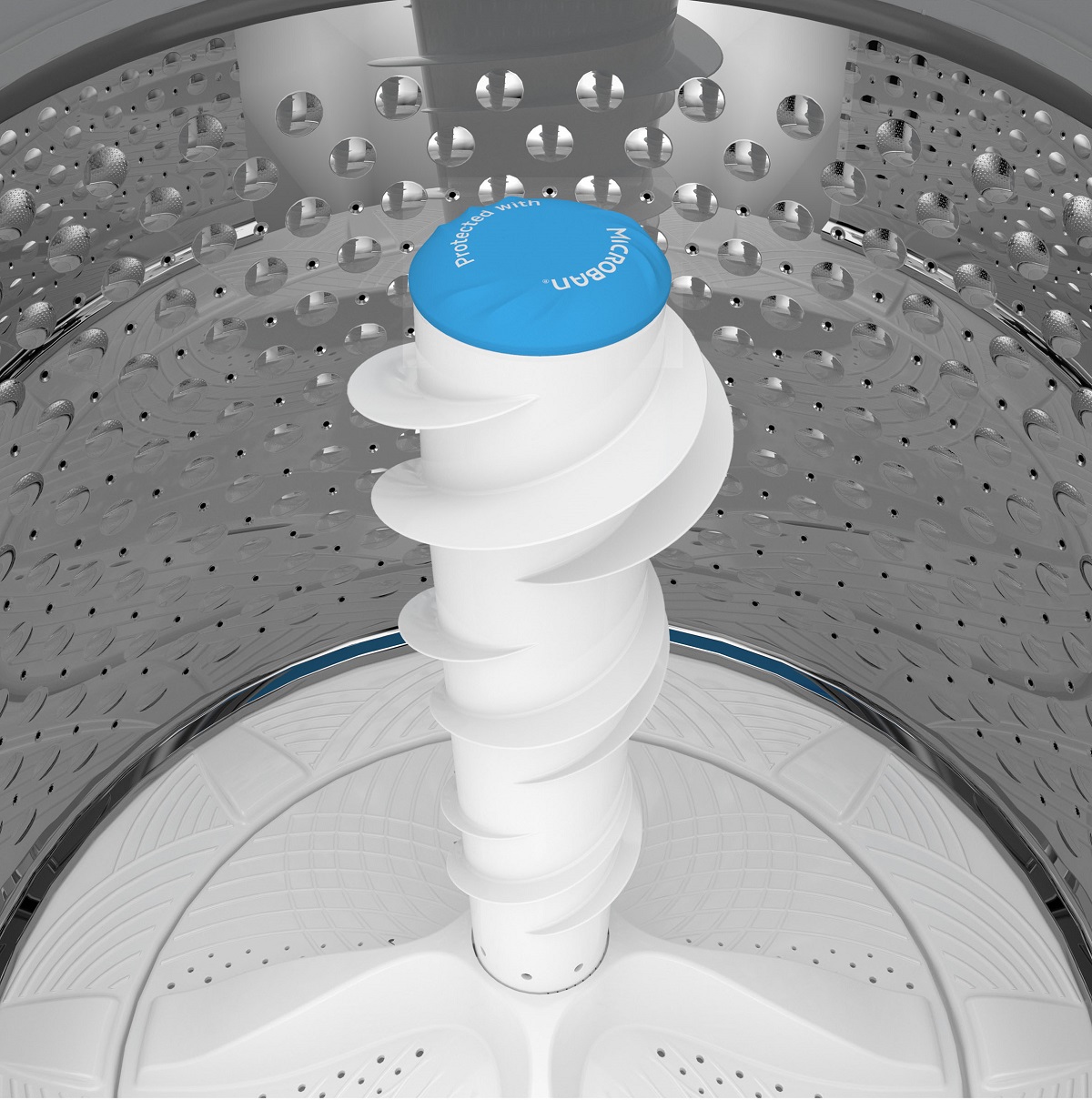
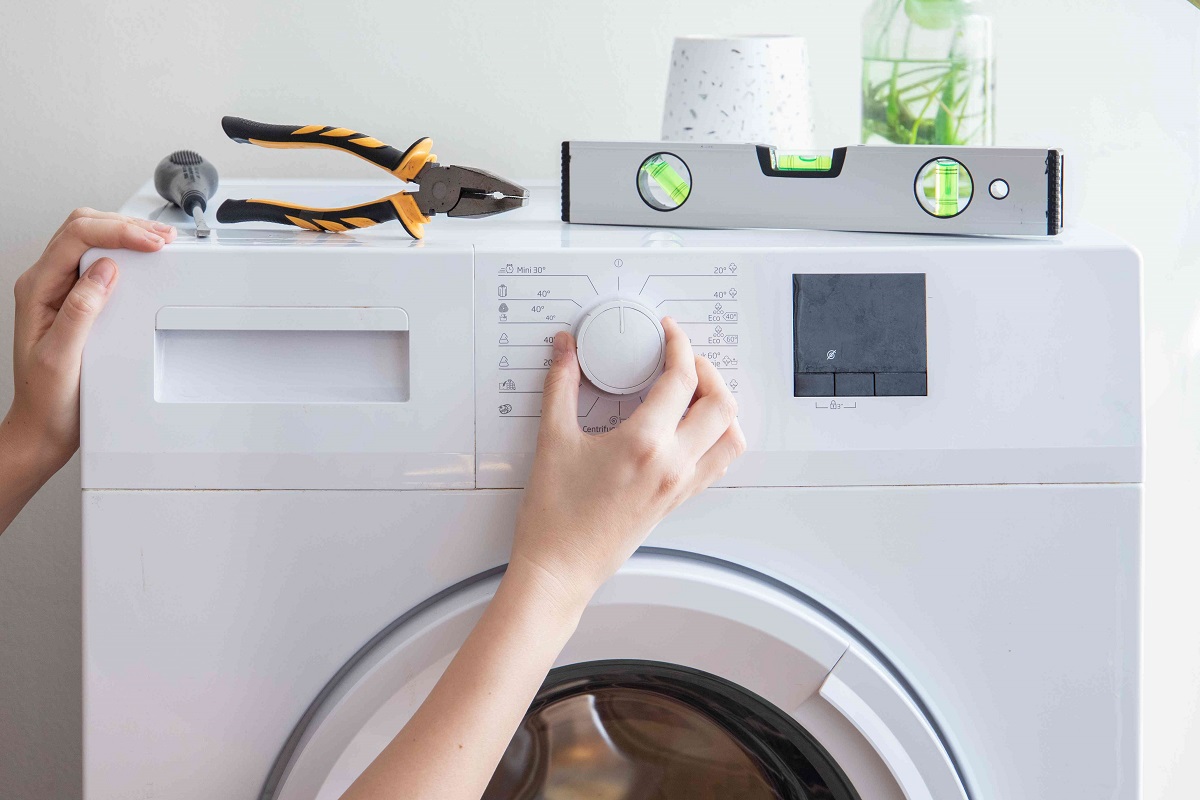
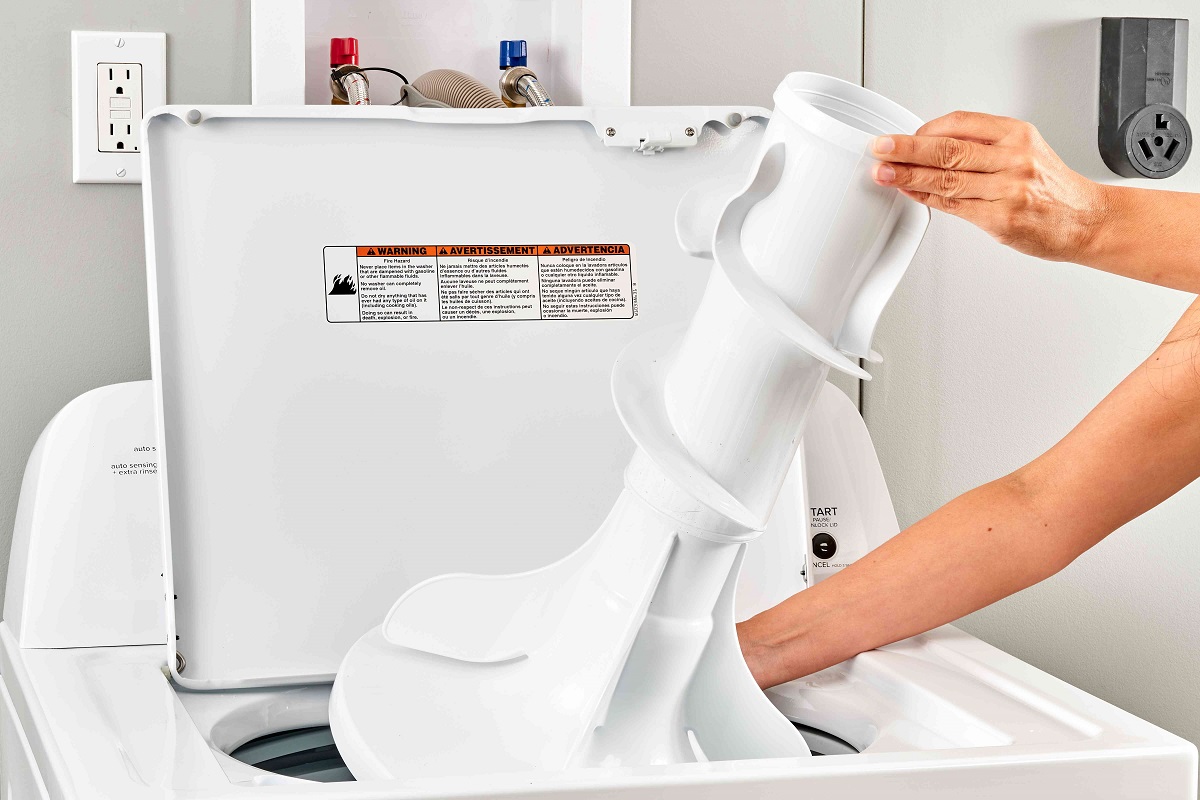
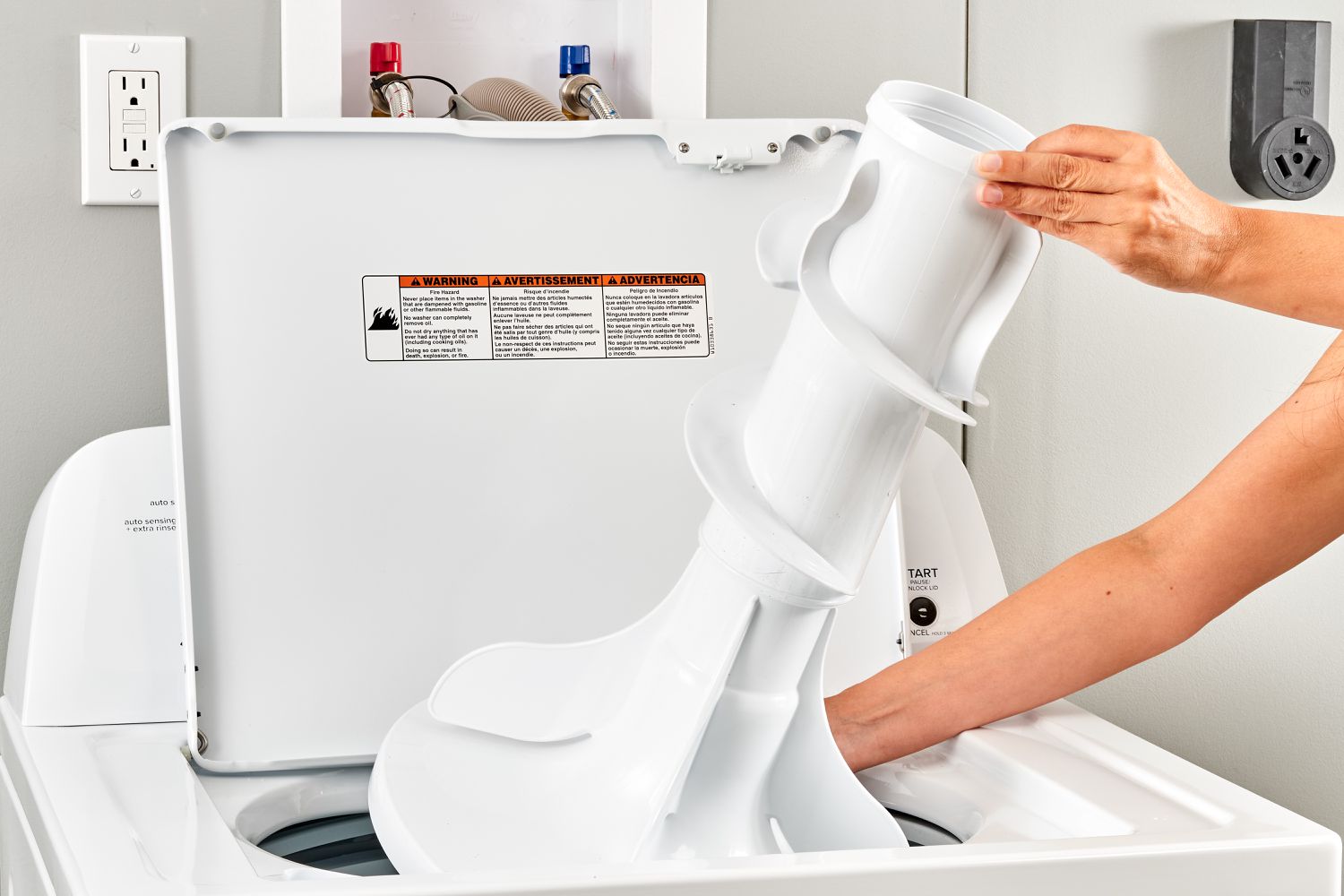
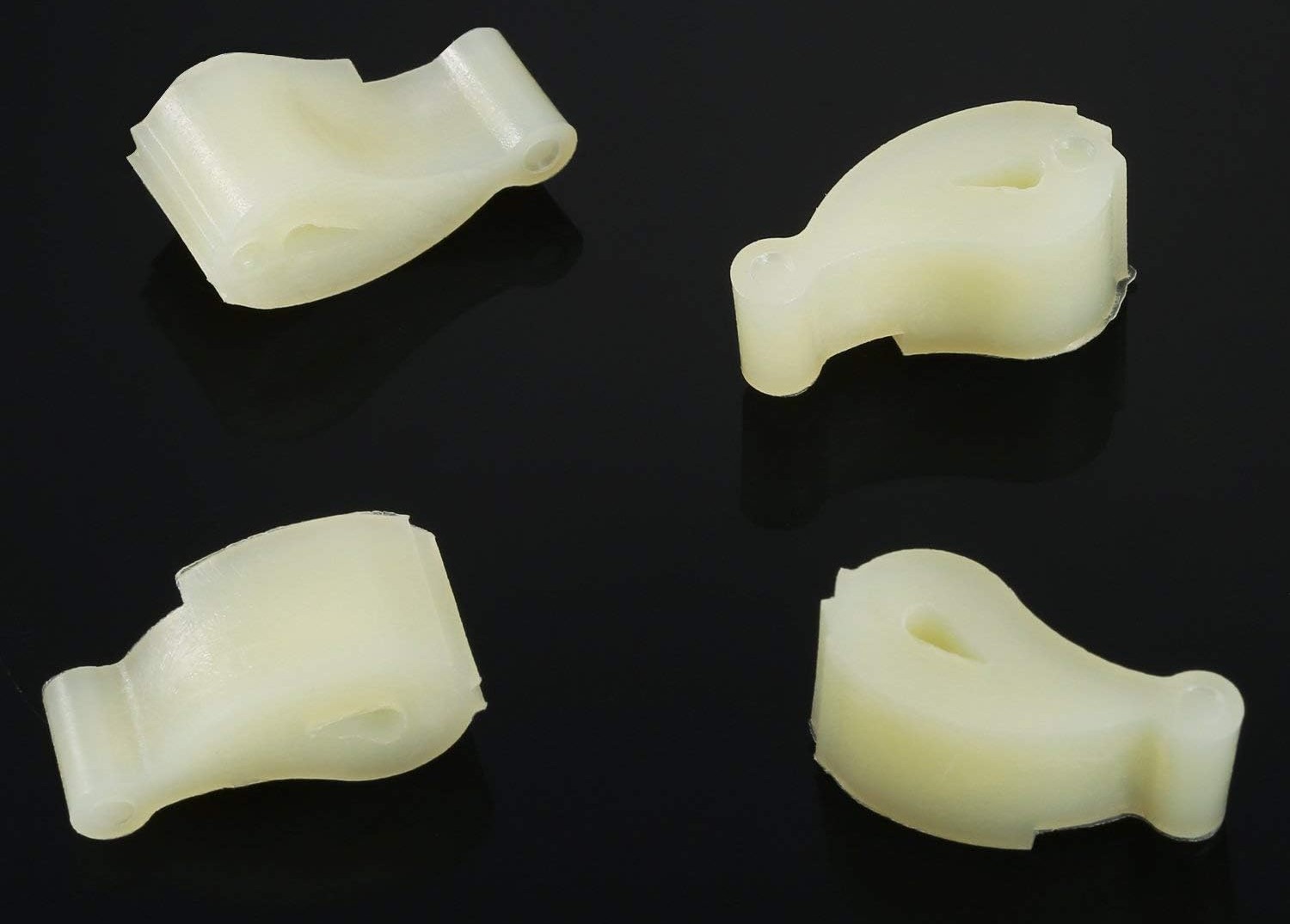
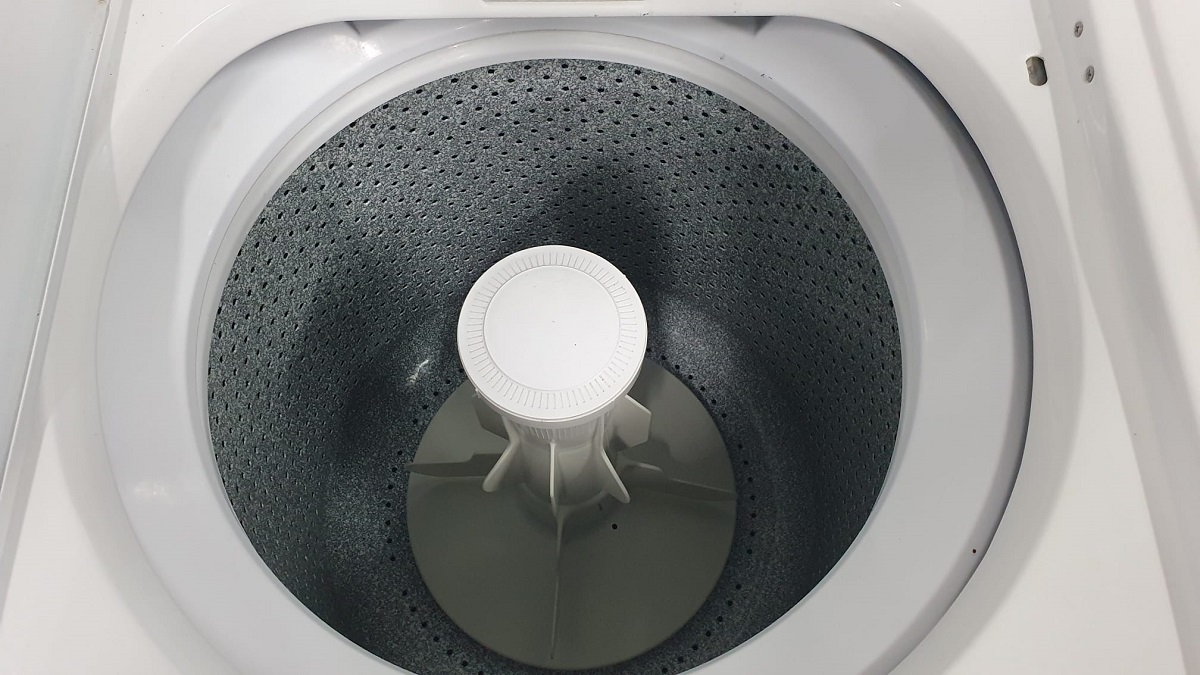

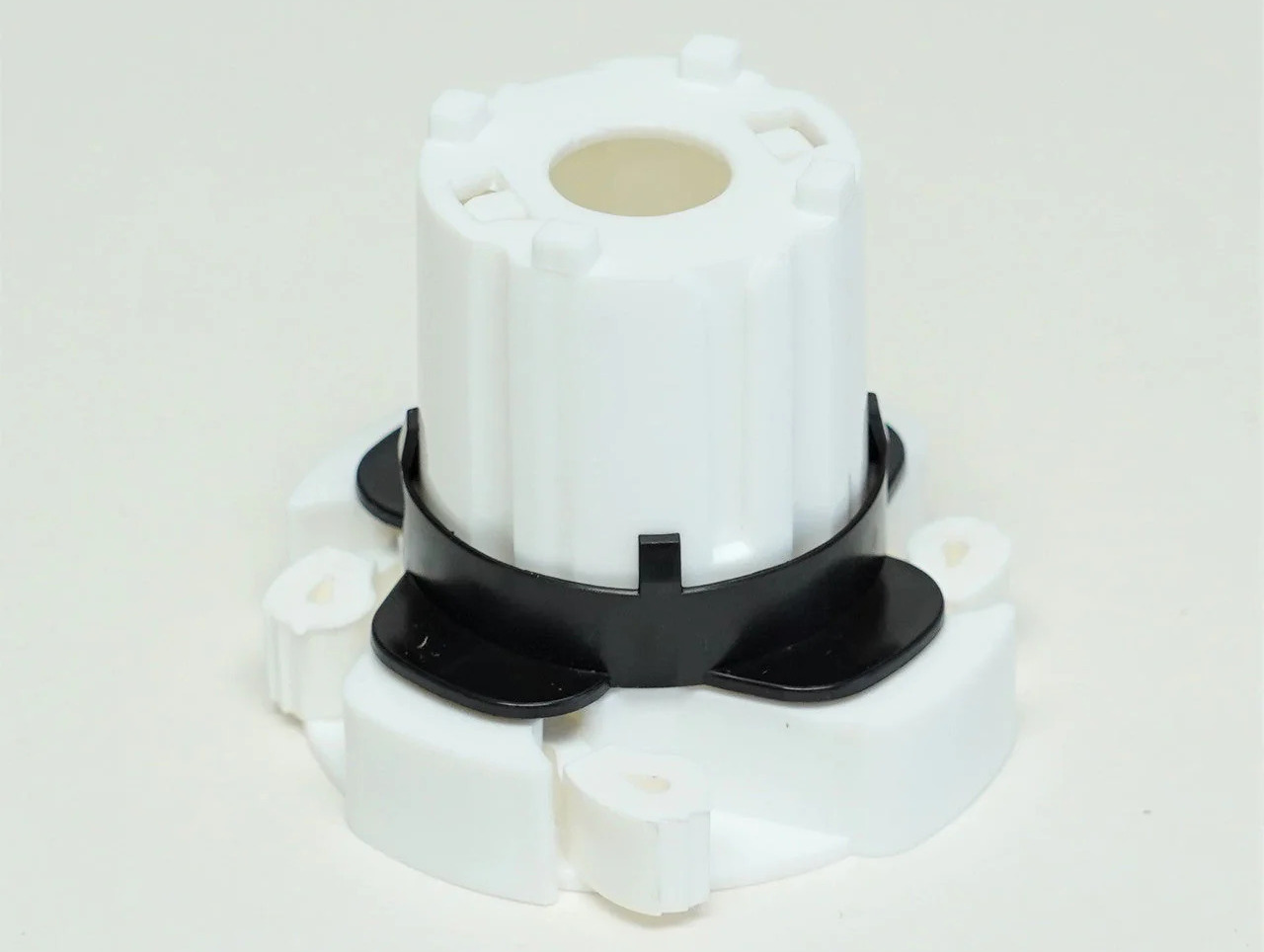
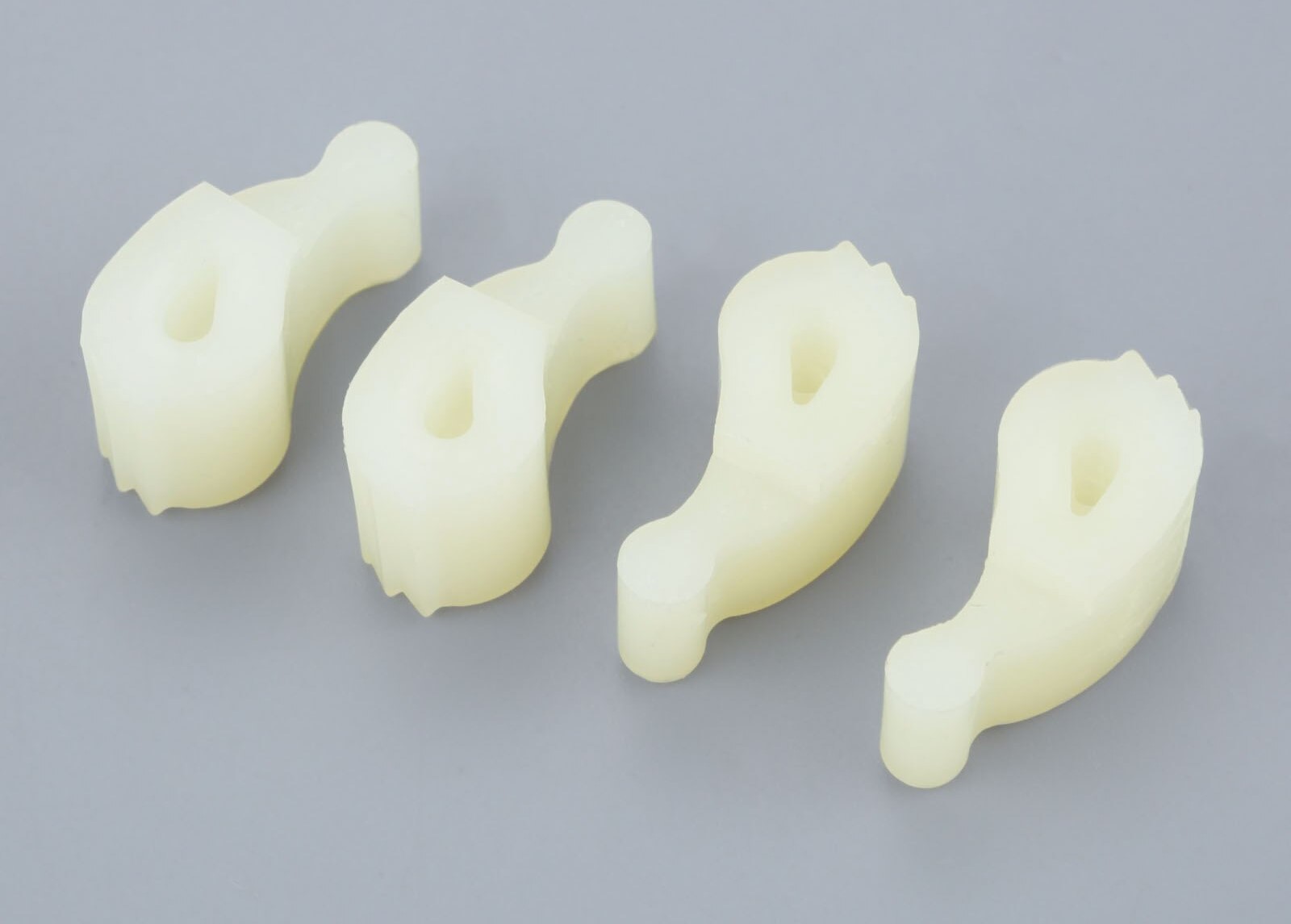
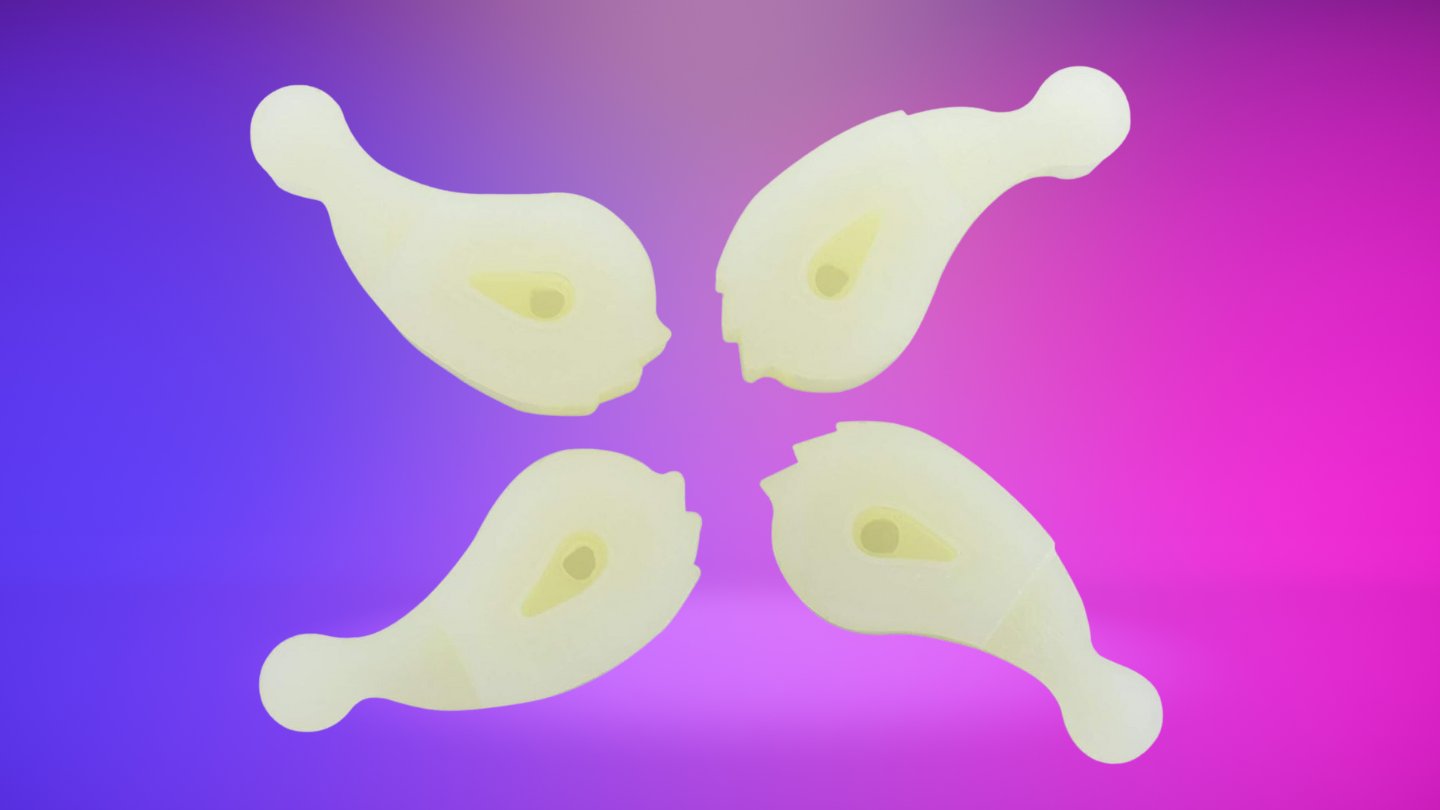
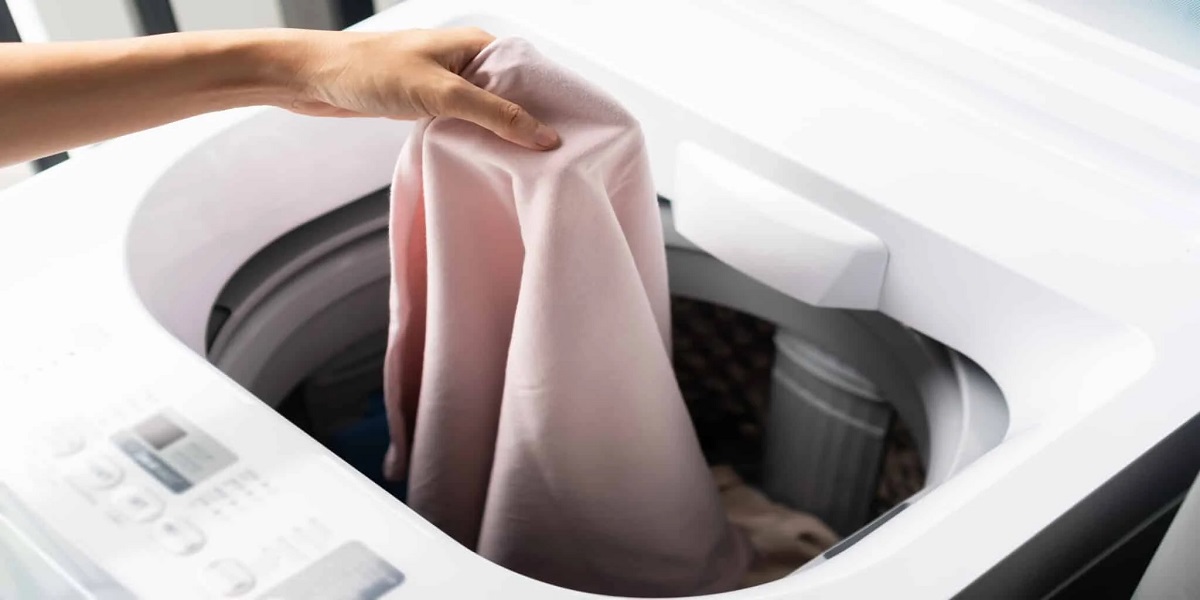
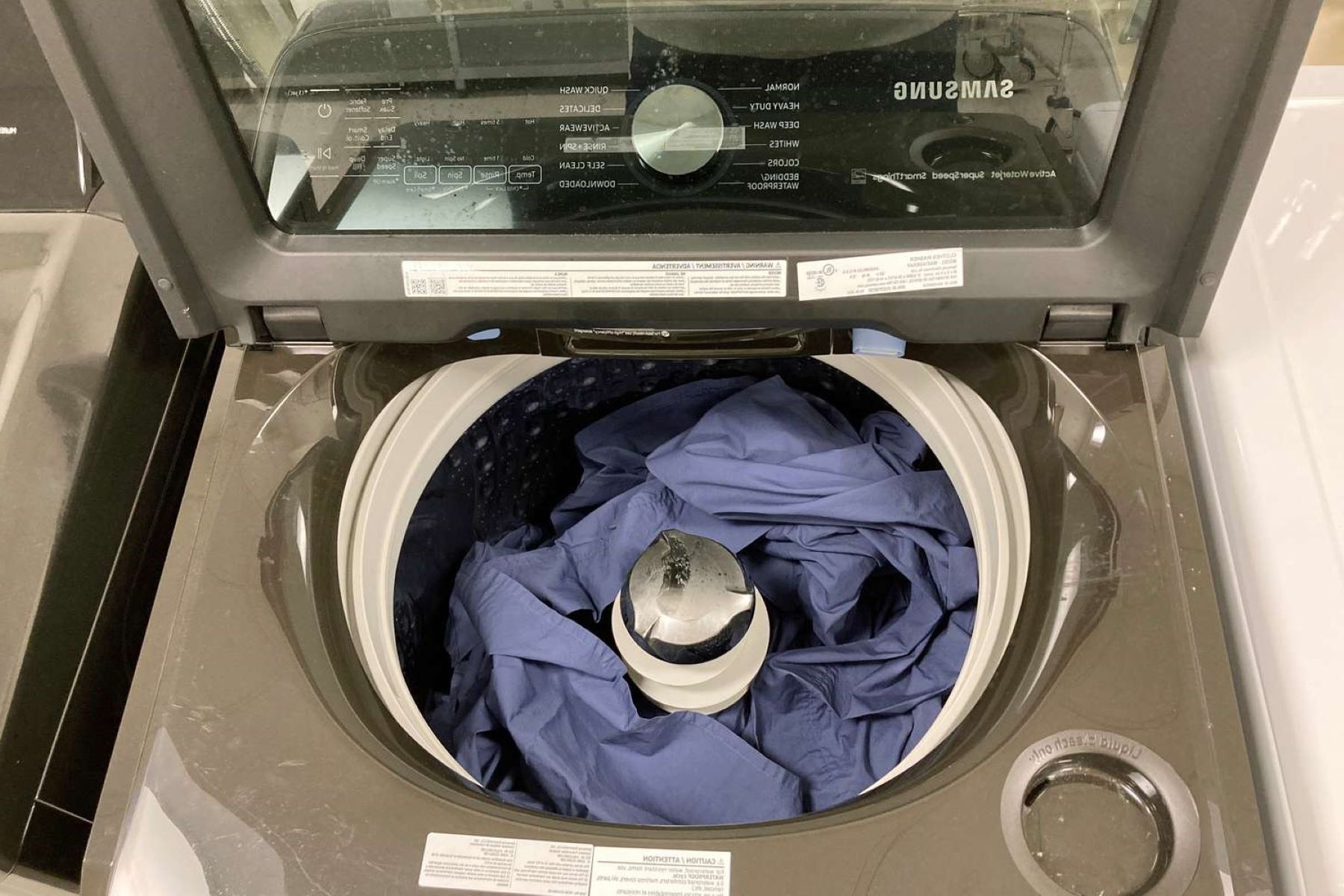
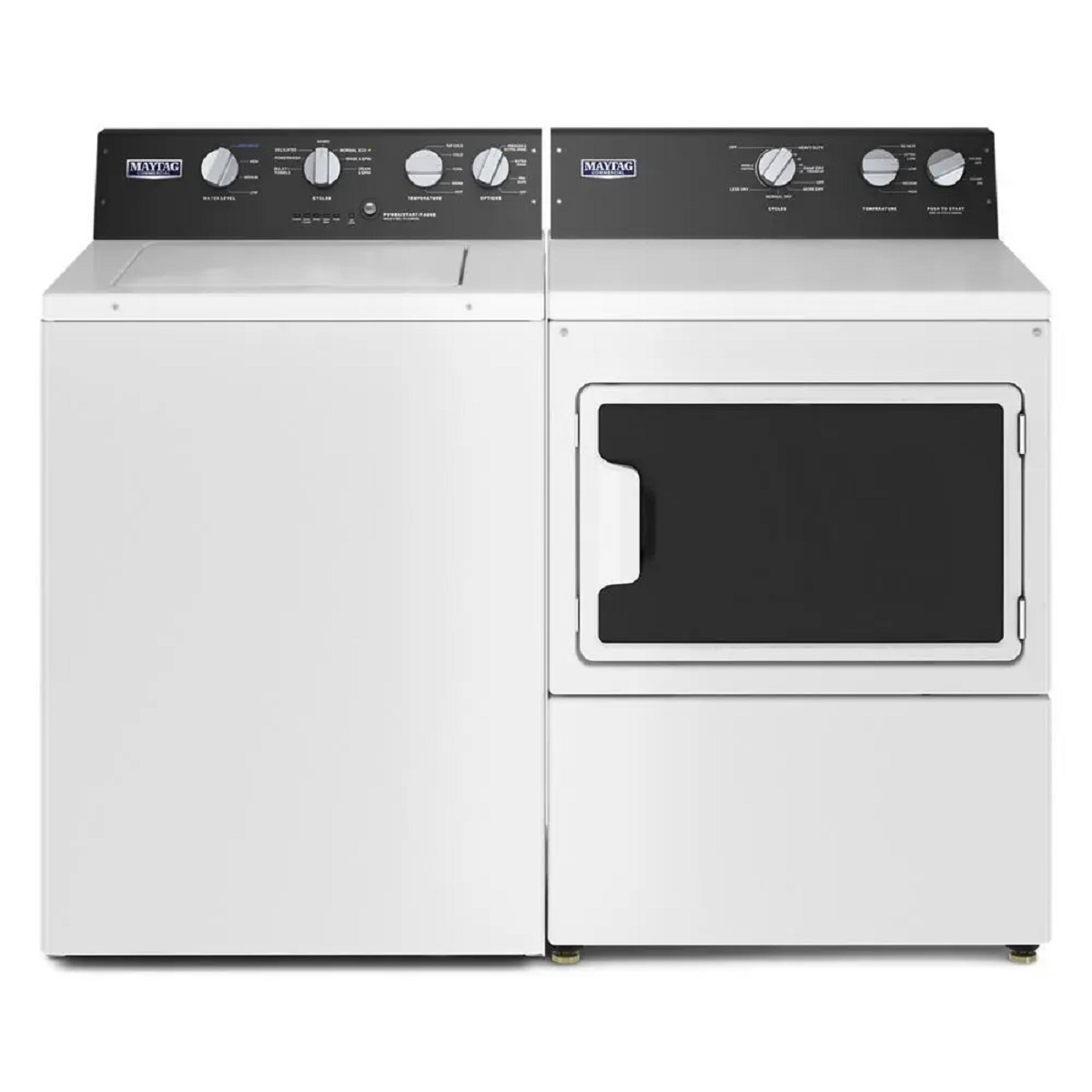
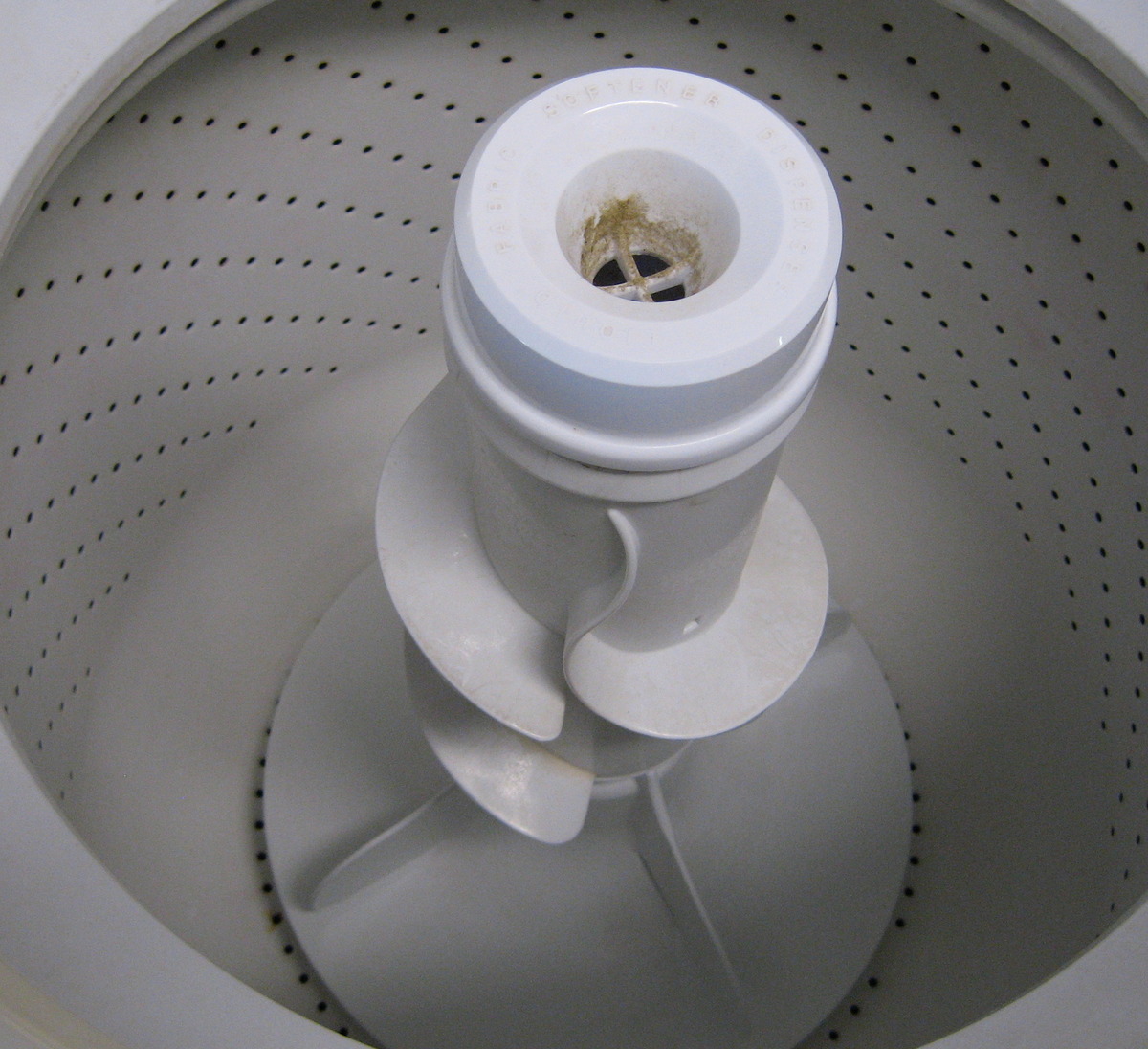

0 thoughts on “What Is An Agitator Washer”